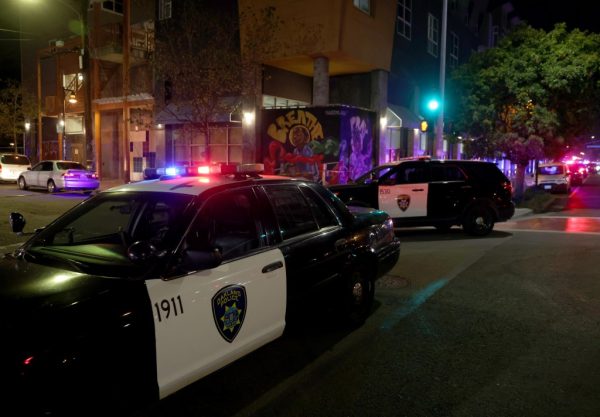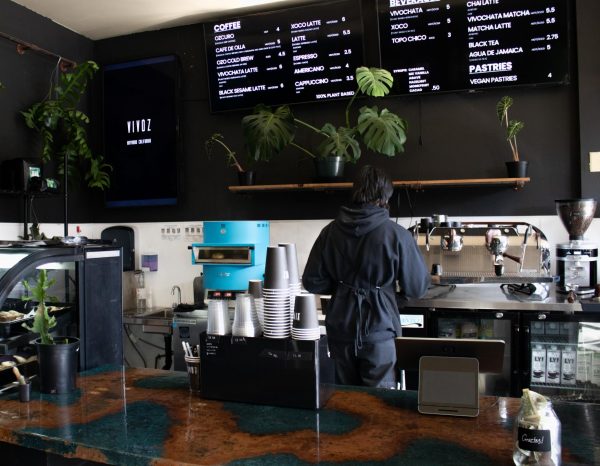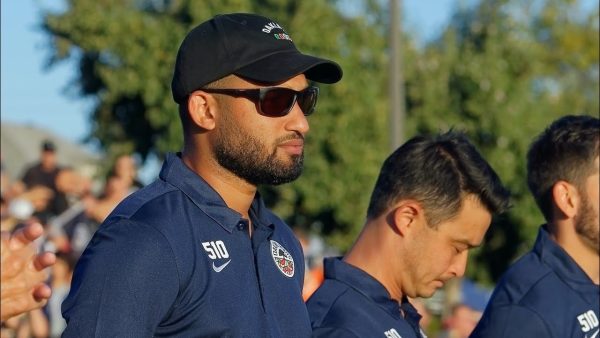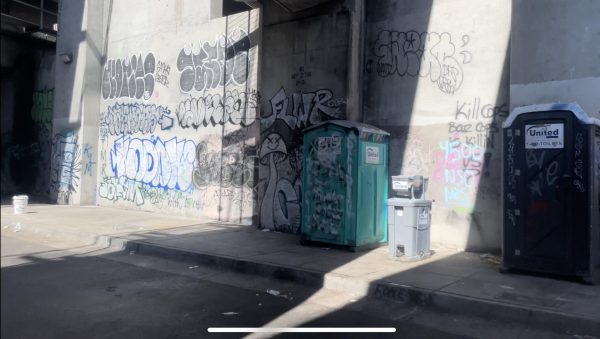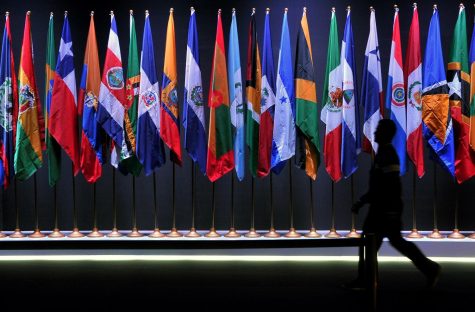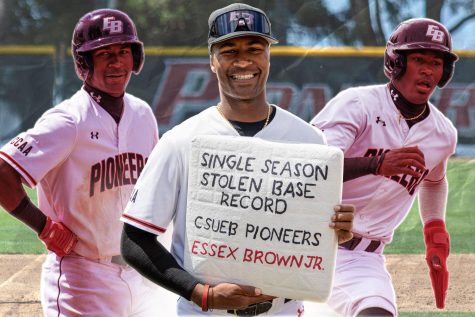Corporate media and portrayals of ethnic groups
July 18, 2019
Imagine reading or hearing about your loved one that was a victim of crime in the news. Now imagine, seeing the news document your loved one’s criminal past and personal characteristics that have no connection to the crime. Ultimately, this the reality for black families that are portrayed in the media.
Michael Brown’s family felt this. Nia Wilson’s family felt this. Trayvon Martin’s family felt this. This is just a small number of black people who were victims and had their name or character tarnished by the media.
Time and time again we see in the media misrepresent people of color, more specifically as victims of crimes. We see it in print and we see it broadcast live on television.
More often than not, white men who are presented as suspects of crimes are often described with ordinary characteristics, whereas the media assassinates the character of an innocent black man or woman. Their blackness is being exploited in the media to fit the prevalent narrative that black people are dangerous.
Even when they are labeled a suspect or person of interest in a crime, white people are awarded the privilege of being humanized. The media depicts them as relatable to other people by describing their personality and attributes.
This is not anything new to see in America. Racial stereotypes are at the forefront of what is embedded so deeply in society. Stereotypes and prejudicial ideologies are how we think of other races and helps create public perception.
John Lee Cowell, who is currently being tried for the murder of Oakland native Nia Wilson, became an example of white privilege in the criminal justice system since the incident occurred in July 2018. This sparked a national conversation that his own racist motives were behind the attack. However, the news organizations spoke more about his mental competency rather than the attack itself.
The media did well in reporting this story until local television station, KTVU aired a photo of Wilson posing with her camera case that had an image of a gun. The choice of using that photo to illustrate the life of the 18-year old implies she is the villain in this story and justifies what happened to her.
“News organizations can have a negative impact on marginalized communities because they shape how people see the world,” Christopher Chavez, a University of Oregon Ethnic Studies professor, said in an interview. “By over-reporting some aspects of a community and under-reporting others, news organizations distort our perceptions of those communities.”
Misconceptions of minorities, specifically black people are constructed and reproduced in news media, which lead to public policy that is often targeted at minorities.
The news often smears the reputation and life of black victims in news coverage. Even when black people are the victims, they are still perpetuated in a negative light. News will discuss criminal history or things they have done in their past that will make them look like the villain. In a way, the media is justifying their treatment by documenting their lives in a negative light.
To fully understand the discrepancy in how the media portrays white suspects and black victims, I analyzed several news reports in how they reported on crime. The focal point of the analysis is to look at the language used by news organizations describing white suspects and black victims of crime.
For example, Fox News covered the shooter who is responsible for the Pittsburgh synagogue massacre. The massacre left 11 worshipers dead and received substantial media coverage.
A white male named Robert Bowers was identified as the suspect responsible for the heinous crime. Fox News led with an article describing Robert Bowers as “bland” and borderline “forgettable,” which was used by his neighbors. In the piece, Fox News provided details of what kind of person Bowers was. We learn that he enjoyed listening to talk radio and he was a frequent smoker.
This creates a misconception that because of those described characteristics, he does not fit the mold of someone who is capable of committing such a crime.
On the other side of reporting, news outlets were far less sympathetic to black victims of crime. For instance, the coverage on the death of Trayvon Martin. This name alone carries weight and inspired a national movement in Black Lives Matter.
Back in 2012, 17-year-old Trayvon Martin garnered national attention because he was shot to death by neighborhood watch coordinator, George Zimmerman. Zimmerman claimed the shooting was in self-defense but the truth of the matter is that Martin was unarmed.
In the weeks after the shooting, Martin went from being characterized from victim to delinquent. The media began reporting Martin’s past troubles in the classroom. NBC News and NBC Miami dug up negative incidents from his past such as suspensions and being caught with traces of marijuana.
There is no rational explanation for the disparagement of African American crime victims and the humanization of white suspects in incidents of crime. However, this could stem from the lack of diversity in the newsroom. Across all media platforms, the majority of news workers are predominantly white with a sprinkle of people of color. Common narratives are told globally because of the power dynamic and whiteness in the newsroom.
“Media owners are overwhelmingly white,” Shannon Campbell, Director of Graduate Studies at Metropolitan State University of Denver and a media researcher, said in an interview. “We tell and hear stories from that perspective.”
In the 1997 census, minorities represented just 11.35 percent in the newsroom, according to the American Society of News Editors (ASNE), a membership organization for editors, directors, and producers. ASNE conducted an annual employment of census to track minority employment trends in the newsroom in 2018 and reported that people of color represent 22.6 percent in daily newspapers.
Given the numbers, there has been an 11 percent increase of minority representation in the journalism workforce in 21 years. However, the statistics still show that white people are still responsible for the information that is disseminated to the public. They still have power in what we read and what is considered important to the general population.
There are multiple perspectives or points of view that surround an issue, but the public does not get to hear it. This is how the media becomes agenda setters and picks what information will be circulated. Essentially, the media cultivates our sense of the world.
Agenda setting has been used by journalists for decades. It can be described as the media placing more salience on certain issues than others in order to present a specific narrative. It allows the news to dictate what the public thinks about.
“When we see a depiction in real life that differs from the depiction that we see in the media, we believe our mediated depiction is the norm and the real-life depiction is an anomaly,” Campbell said. “I think it’s going to take a critical mass of marginalized voices in the system to change the system.”
Campbell explains that power has to be taken from the hierarchy. To do this, we must have an adequate number of people whose voices are not typically heard from in the media, enter the profession and change it.
The narrative around the perception of black people can be changed with initiatives to promote more diversity in the newsroom.





